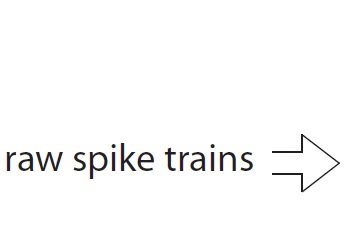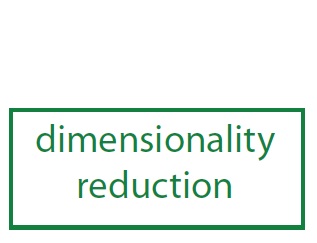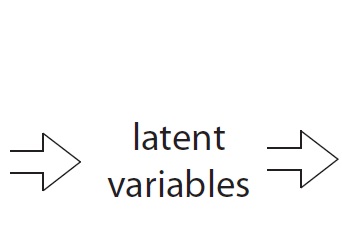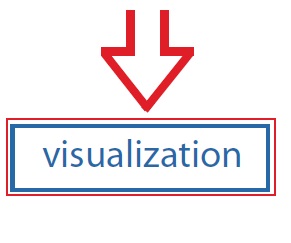
|

|

|

|
Example 3: Visualize trial-averaged neural trajectories
If you have not yet performed dimensionality reduction, please go here. This video shows how to use DataHigh to analyze trial-averaged neural trajectories.
Detailed Step-by-step tutorial
The same tutorial can be found in the DataHigh User Guide .pdf in the main folder of the DataHigh software package. It corresponds to Section 3.3 of the DataHigh JNE Paper, as well as ex3_visualize.m in /DataHigh/examples/.
1. |
If you are continuing the steps from the Example 3 DimReduce tutorial, we will load a more interesting dataset, so that we can look at trial-averaged neural trajectories from many experimental conditions, rather than just 2 conditions. To load the data, click the Analysis Tools tab, and then click Load Data. Navigate back one folder to the main DataHigh directory, then navigate to the data folder. Load ex3_trialavgtrajs.mat. Continue to the next step.
|
2. |
The example dataset comes from the Churchland et al. 2012 paper, in which a subject made reaches to different targets. The PSTHs were computed for 118 neurons and 27 experimental conditions. We performed dimensionality reduction on the PSTHs to reduce the 118-dimensional space to 6-d, using a dimensionality reduction method called jPCA. jPCA extracts latent variables that reveal any rotational structure in the data. |
3. |
Each blue trace is a trial-averaged neural trajectory of one reach condition. As the preview panels show, even a 6-d space can have a lot of variety! Scale the projection so that the neural trajectories are not clipped off in the central panel. Click the Analysis Tools tab, and then click Zoom/Rotate. Slide the Zoom scrollbar to “out,” which immediately shrinks the projection. Close the ZoomRotate figure. |
4. |
Save the current projection for later viewing by clicking on the Saved Projections tab and then Capture Projection. |
5. |
Rotate around in the 6-d space with the preview panels (to the left and right of the central panel). You will find that the rotational structure is a salient feature in the data, but other interesting features do exist. For example, the trajectories seem to be in pairs. Each pair contains two experimental conditions that had the same reach endpoint but differed in the path of the reach. |
6. |
Reload the original projection by clicking the Saved Projections tab and then the thumbnail of the original projection. Click the Analysis Tools tab and then click 3d Projection. You can see the rotational structure in the 3-d projection. Click Evolve to see the timecourse evolve. Close the Projection3d figure. |
7. |
Under Analysis Tools, click SingleDim. Each latent variable is plotted versus time. From these individual plots, it is not obvious that the trial-averaged neural trajectories would contain rotational structure. This is an example of how looking at the population activity in a multi-dimenisonal firing rate space can yield insights that would be difficult to obtain by looking at the PSTHs of individual neurons (or the timecourse of individual latent variables). |
Return to Tutorial Videos
Return to the DataHigh main page
